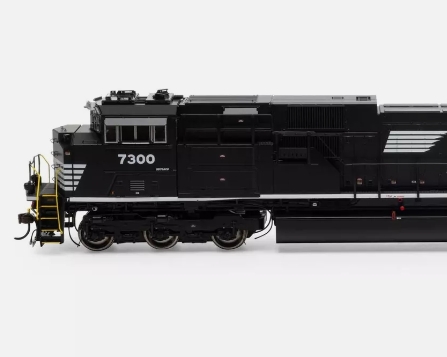Model trains are a fascinating hobby that aims to accurately simulate real trains and the environment in which they operate. It is not only a creative platform for technology enthusiasts, but also a stage for railway fans to show their enthusiasm and creativity. Train models have a long history, and with the development of science and technology, model making techniques have also improved, making these miniature works more realistic and exquisite.
Modern train models are usually divided into different scales, such as HO scale (1:87), N scale (1:160), and O scale (1:43.5). Each scale corresponds to different details and sizes, and the HO scale is the most popular choice due to its moderate size and rich detail. The N-scale, on the other hand, is suitable for model enthusiasts with limited space due to its smaller volume. Different scales and details allow model enthusiasts to choose the right model based on personal preferences and actual space needs.
The charm of the train model lies not only in the train itself, but also in the creation of the entire model scene. Modelers often put a lot of time and effort into creating realistic railway environments, including mountains, rivers, urban buildings and stations. This miniature landscape not only demonstrates the production skills, but also recreates the historical and geographical context of the railway. Many model makers will even add weather effects to their scenes, such as rain or snow or morning fog, to enhance visual effects and realism.




